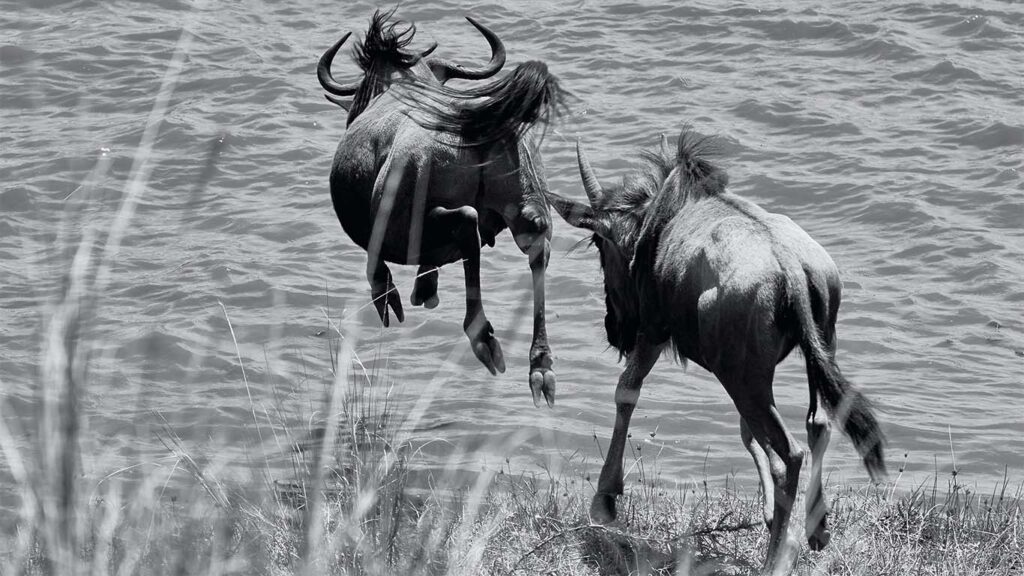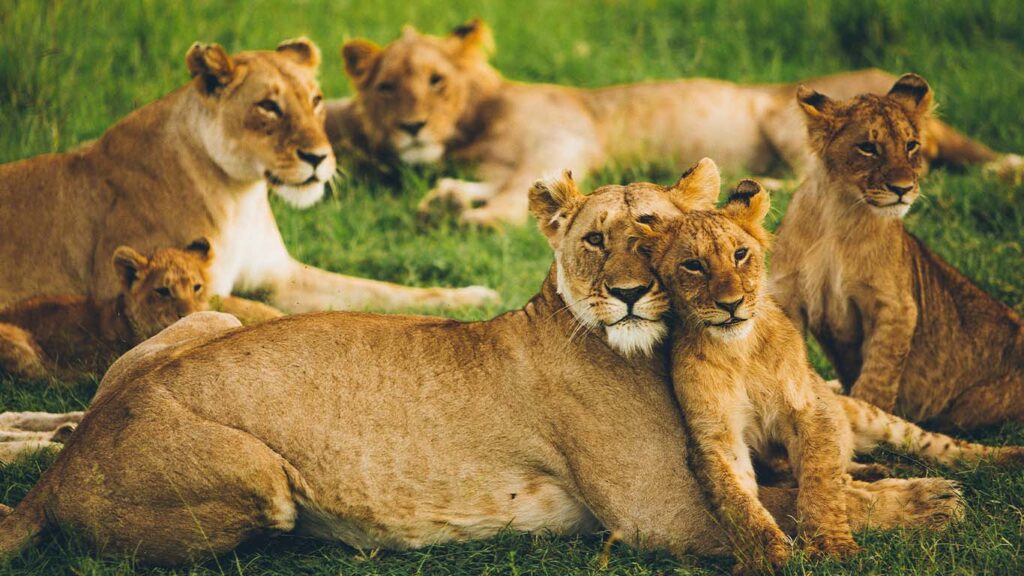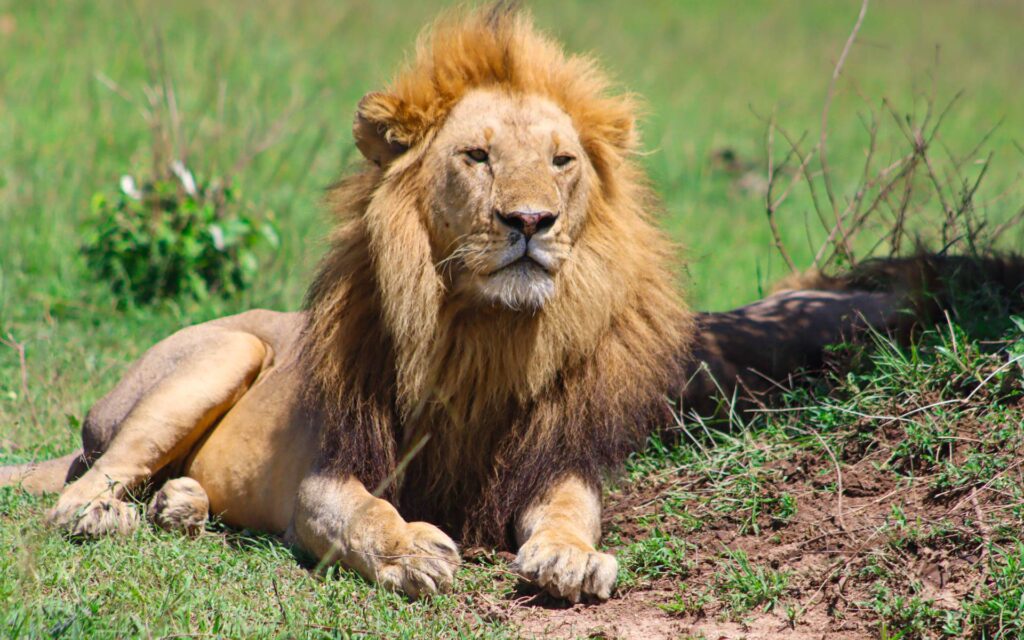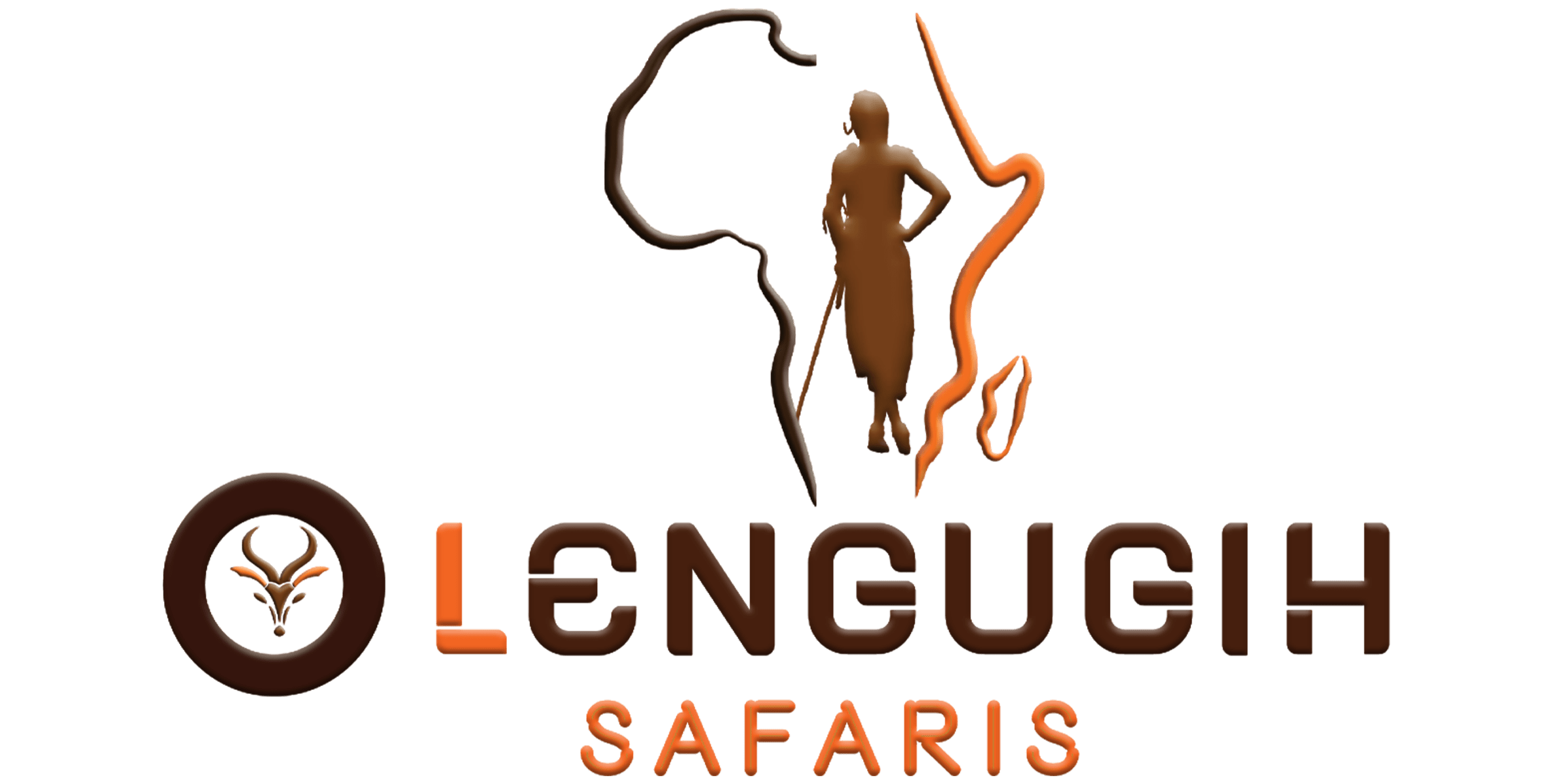Masai Mara Game Reserve
The Masai Mara Game Reserve began as a 520 km² wildlife sanctuary in 1948. It expanded eastward in 1961 before reaching its current size of 1,510 km². The reserve gets its name from the Maasai people. In Maa, their native language, “Mara” means “spotted.” From afar, the vast plains appear dotted with acacia trees, shrubs, and wildlife. The eastern side features the Ngama Hills, covered in thick bush and home to black rhinos. The western edge is marked by the Oloololo Escarpment, offering stunning views. The northern part hosts the Musiara Swamp, a hotspot for elephants, lions, leopards, and cheetahs. The Mara Triangle, bordered by the Mara River, attracts massive herds of wildebeest during migration. This Masai Mara Travel Guide helps visitors explore the best wildlife areas. The Trans-Mara County Council manages the Mara Triangle, while Narok County Council oversees the southeastern section.
The Mara River and the Great Migration
The Mara River originates in Kenya’s highlands from the Amala and Nyangores rivers. Flowing through the Masai Mara and Serengeti, it provides water for wildlife year-round. This river hosts one of nature’s most dramatic events—the Great Migration. From July to October, over 1.5 million wildebeest cross its waters, facing strong currents and deadly crocodiles.
Predicting crossing points is difficult. Wildebeest gather at the riverbanks for hours, sometimes retreating without crossing. When they do, giant crocodiles seize the moment. This thrilling event is a highlight of any Masai Mara Travel Guide. Visitors hoping to witness a river crossing should stay near the main crossing points. Patience is key, as nature dictates the timing. Beyond migration season, the Mara River remains a hub for wildlife. Hippos bask in the waters, while elephants, giraffes, and predators roam the surrounding grasslands.

Masai Mara Conservancies
The Masai Mara ecosystem holds about 25% of Kenya’s wildlife. Many animals live outside the main reserve in private conservancies. These lands belong to Maasai communities, individuals, or groups. Traditionally, the Maasai were pastoralists. However, tourism has provided an alternative income. Instead of fencing off land for farming, communities lease it for conservation.
This model benefits everyone. Wildlife thrives in protected areas, communities earn from tourism, and visitors enjoy exclusive game drives. Five main conservancies follow this model. Each offers unique experiences, contributing to a well-rounded Masai Mara Travel Guide. These conservancies limit tourist numbers, ensuring a quieter safari. Game drives, walking safaris, and cultural visits provide a deeper connection to the Mara. By choosing a conservancy, visitors support both wildlife and local livelihoods.
Enonkishu Conservancy
Enonkishu lies at the northern edge of the Greater Mara Ecosystem. The Mara River runs through it, attracting resident buffalo, giraffes, and plains game. A pride of lions claims territory here, while leopards hide in riverine forests. Hippos and crocodiles thrive along the riverbanks. Rare species like aardvarks, caracals, and aardwolves appear occasionally.
This conservancy also integrates cattle management programs. The Maasai community benefits from sustainable grazing while preserving wildlife. As part of this Masai Mara Travel Guide, Enonkishu offers eco-friendly accommodations and guided safaris. Guests enjoy fewer crowds, better wildlife viewing, and cultural experiences. This conservancy proves that conservation and traditional livelihoods can coexist. For visitors seeking off-the-beaten-path adventures, Enonkishu is a great choice.

Mara Naboisho Conservancy
Mara Naboisho borders the Masai Mara Reserve. It features some of the highest wildlife concentrations in the region. Big cats thrive here, along with elephants, giraffes, and wildebeest. Its exclusivity ensures fewer vehicles, making wildlife encounters more intimate.
This conservancy also empowers the Maasai community. A large portion of visitor fees goes back to local families. By choosing Naboisho, tourists contribute directly to conservation and community development. Guided walking safaris and night game drives provide unique experiences. This Masai Mara Travel Guide recommends Naboisho for travelers seeking a balance of luxury, conservation, and authentic cultural encounters.
Mara North Conservancy
Mara North is a non-profit conservancy bordering the Masai Mara Reserve. Twelve safari camps and 788 Maasai landowners form its partnership. This area is one of the most wildlife-rich zones in the Mara. Leopard Gorge, made famous by the BBC’s “Big Cat Diary,” is a major attraction.
During the Loita Hills migration (December to May), thousands of wildebeest flood the conservancy. Mara North also supports rare species like African wild dogs. For those seeking prime big cat sightings, this Masai Mara Travel Guide recommends staying in Mara North. Limited guest numbers ensure a more exclusive safari experience.
Ol Kinyei Conservancy
Ol Kinyei was the first community conservancy in the Mara. Originally 8,000 acres, it has grown to 17,500 acres. The Maasai landowners set aside this land exclusively for wildlife, prohibiting human settlements and cattle grazing.
A pride of over 30 lions roams the conservancy. Leopards, cheetahs, and over 300 bird species thrive here. Only two camps operate in Ol Kinyei, offering a truly private safari. Visitors looking for uncrowded wildlife encounters should include Ol Kinyei in their Masai Mara Travel Guide. Supporting this conservancy helps ensure its long-term success in conservation and community empowerment.

Olare Motorogi Conservancy
Olare Motorogi was established in 2006. A deal with 277 Maasai landowners created this protected area bordering the Masai Mara Reserve. Residents relocated, and cattle grazing was restricted. As a result, wildlife populations flourished.
Today, the conservancy offers some of the best game viewing in the Mara. Big cats, elephants, and herbivores roam freely. Safari camps focus on low-impact, high-quality tourism. This Masai Mara Travel Guide highlights Olare Motorogi as a top choice for travelers who want luxury safaris with conservation benefits. The conservancy ensures sustainable tourism while preserving wildlife corridors.
Final Thoughts
The Masai Mara remains Kenya’s top safari destination. Its game reserve and private conservancies offer diverse experiences. Visitors can witness the Great Migration, explore off-the-beaten-path conservancies, or enjoy cultural encounters with the Maasai.
A well-planned Masai Mara Travel Guide includes both the main reserve and conservancies. Choosing eco-friendly lodges and responsible tour operators ensures a sustainable impact. Every visit supports conservation efforts and local communities. Whether watching a lion hunt, witnessing a wildebeest crossing, or enjoying a sunset over the plains, the Masai Mara promises unforgettable memories. Protecting this iconic ecosystem ensures future generations can experience its wonders.
